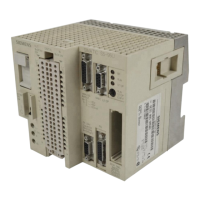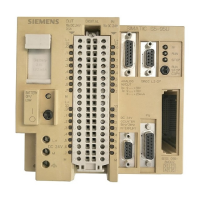S5-115F Manual Addressing
5 Addressing
Assign specific addresses to input and output modules so that you can reference them.
Please note the following when assigning addresses:
• In the case of two-channel I/Os, the modules in both subunits must be assigned the
same
addresses.
• In the case of single-channel I/Os, an assigned address must
not
be used in the other subunit.
5.1 Address Structure
Digital modules generally have bit addresses. Analog modules generally have byte or word
addresses. Consequently, their addresses have different structures.
5.1.1 Digital Module Addresses
One bit represents a channel of a digital module. You must therefore assign a separate number to
each bit. When numbering, note the following:
• The CPU program memory is divided into different address areas ( 5.4).
• Number individual bytes consecutively in relation to the starting address of each address area.
• Number the eight bits of each byte consecutively (0 to 7).
Figure 5-1 shows the format of a digital address:
Bit No. (channel number)
Byte No.
0 . 5
Figure 5-1. Digital Address Structure
5.1.2 Analog Module Addresses
Each channel of an analog module is represented by two bytes (two bytes are equal to one word).
An analog channel address is represented by the high-byte number.
EWA 4NEB 811 6148-02
5-1

